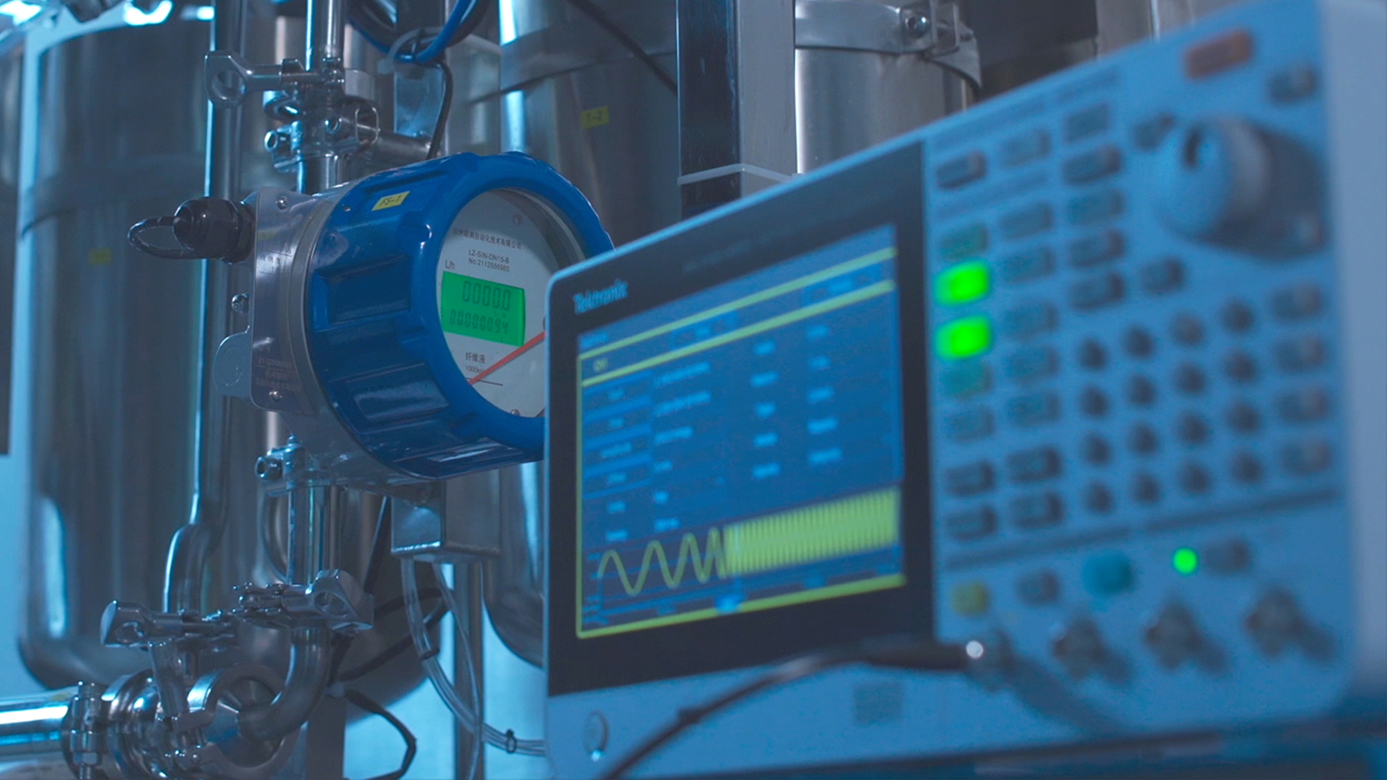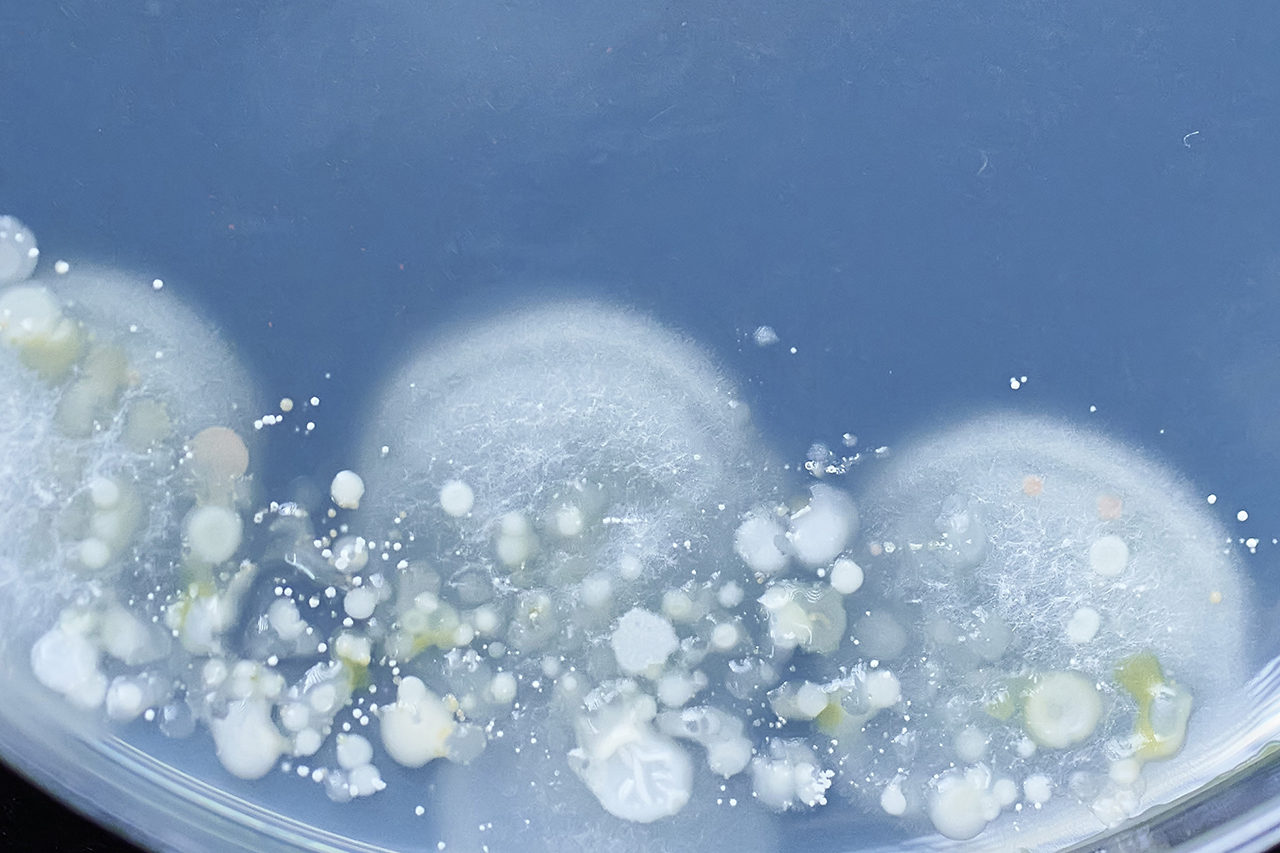Acousweep: An Innovative Microplastic Fibre Separation System Using Sweeping Acoustic Waves
To overcome current shortcomings in collecting microplastic waste in water systems, HKRITA has developed Acousweep, a new and sustainable wastewater treatment method to separate microplastics, significantly preserving the water quality. Acousweep utilises sweeping acoustic waves and a specially shaped chamber to trap and recover microplastic fibres effectively. Unlike existing filtration processes, the system enables continuous water treatment and easy collection of microplastic fibres by virtue of its acoustic manipulation technique.
Acousweep is applicable to textile wastewater treatment and other industry sectors. This microplastic fibre separation system uses an acoustic manipulation technique to capture the microplastic fibres in water. Its key part is the acoustic chambers, which consist of transducers, needle valves, and a sensory system to trap and collect microplastic in water.
Process of Microplastic Fibre Separation
- At one end of the chamber is a transducer that generates a sweeping acoustic wave at ultrasound frequencies. At the other end, there is a reflector, inside which sweeping acoustic waves are reflected and forms standing waves.
- When standing waves are applied to the particles in a fluid, an acoustic radiation force traps the particles.
- The standing waves then transfer the trapped particles to the reflector side; after that, particles concentrate at the apex of the reflector.
- At the apex is a needle valve which is controlled by a sensory system that monitors the concentration of microplastic fibres there. When the concentration is sufficiently high, the sensory system opens the needle valve to let the microplastic fibres drip into a collection tank.
- A high temperature can be applied to the collection tank to remove the water, leaving the fibres to agglomerate and form a large mass that can be easily dealt with in future treatment.
Microplastics typically refers to tiny plastic pieces or particles smaller than 5mm in diameter according to the definition of United Nations Environment Programme (UNEP) and the European Union (EU). Acousweep can separate microplastic fibre longer than 20 μm, which is 250 times smaller than the typical size.
Acousweep, with a developing lab-scale treatment system of the capacity of 100L of water per hour, can be upscaled in industrial plants. The system can be installed in a container with a processing capacity up to 5-10T per hour. The containerised system can be easily transported and connected to the existing sewage outlets of the wastewater treatment system.
An Eco-alternative to Conventional Treatment
Acousweep utilises sweeping acoustic waves to trap microplastic fibres. The whole process is merely a physical collection and separation. No chemical, solvent nor biological additive are added for wastewater treatment.
Easier Collection of Microplastic Fibres
The chamber of Acousweep facilitates steady waterflow and efficient microplastic fibres separation, thus making continuous water treatment possible. The sensory system monitors the concentration of microplastic fibre and opens the needle valve to let the microplastic fibres drip into a collection tank. The microplastic fibres agglomerate and form a cluster in macroscopic scale for any feasible after-treatment.
2023 R&D 100 Awards - Winner (Mechanical/Materials)
2023 Just Style Excellence Awards - Category Award Winner - Environment (Washing and Wastewater)
2024 World Changing Ideas Awards - Finalist (Water)



